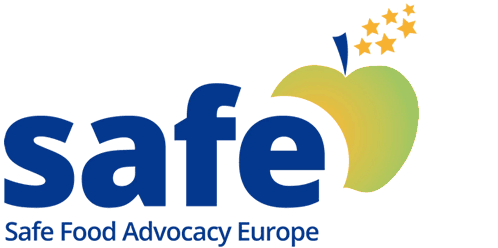Acrylamide: A new study reveals the probability of carcinogenic exposure in baby foods
29 March 2022
Acrylamide is a heated-induced toxicant generated by a chemical reaction that reduces sugar and amino acids present in foods. Most industrial and cooking methods induce the formation of this chemical compound, the most famous cooking technique is the Maillard reaction. Although the toxicity of acrylamide is well-known in the scientific community, recent studies analyzed its concentration in baked products, like biscuits and breakfast cereals, to evaluate the exposure of schoolchildren to this chemical compound. However, no study has specifically considered products intended for children.
The study conducted by Esposito et al. (2021) from the University of Naples Federico II filled this gap. Results showed that the probability of a carcinogenic exposure is 94%, 92%, and 87% respectively for 6-, 12-, and 18-months old children. The researchers considered a sample of 90 products collected in different shops and supermarkets in the Campania Region (Italy). The products selected were whole biscuits, baby cereal meals, sweet and savory snacks, and baby food with plum puree. All of them were for weaned infants, especially from the 4th to the 36th month of life. The level of acrylamide was determined through GC/MS and bromination, while the dietary exposure was evaluated by a probabilistic method based on Monte Carlo simulation.
Although no sample contained levels of acrylamide above the threshold limits indicated in Regulation EU 2017/2158, the study confirmed the risk for weaned infants. Researchers suggest delaying the intake of these foods for children, as they are not essential for their growth.
The results collected support the SAFE’s call to raise the maximum levels of acrylamide for the different food categories. In particular, SAFE proposes the maximum level for biscuits and waffles at 300 instead of 350 µg/kg. Although this food category is not always marketed as baby food, tests show 44 products considered “biscuits and wafers” were frequently consumed by children, and almost 2 out of 3 were not in compliance with the benchmark values. Therefore, in view of achieving adequate and effective protection of infants and young children, SAFE proposes that all standard biscuits clearly marketed to children which fall under the group of “biscuits and wafers” should have the same maximum level as “biscuits and rusks for infants and young children” with a benchmark level of 150 µg/kg and 200 µg/kg for maximum levels.
As remarked in its position expressed last February, SAFE welcomes the Commission’s commitment to protecting consumers’ health but calls for the timely adoption of maximum levels of acrylamide.



